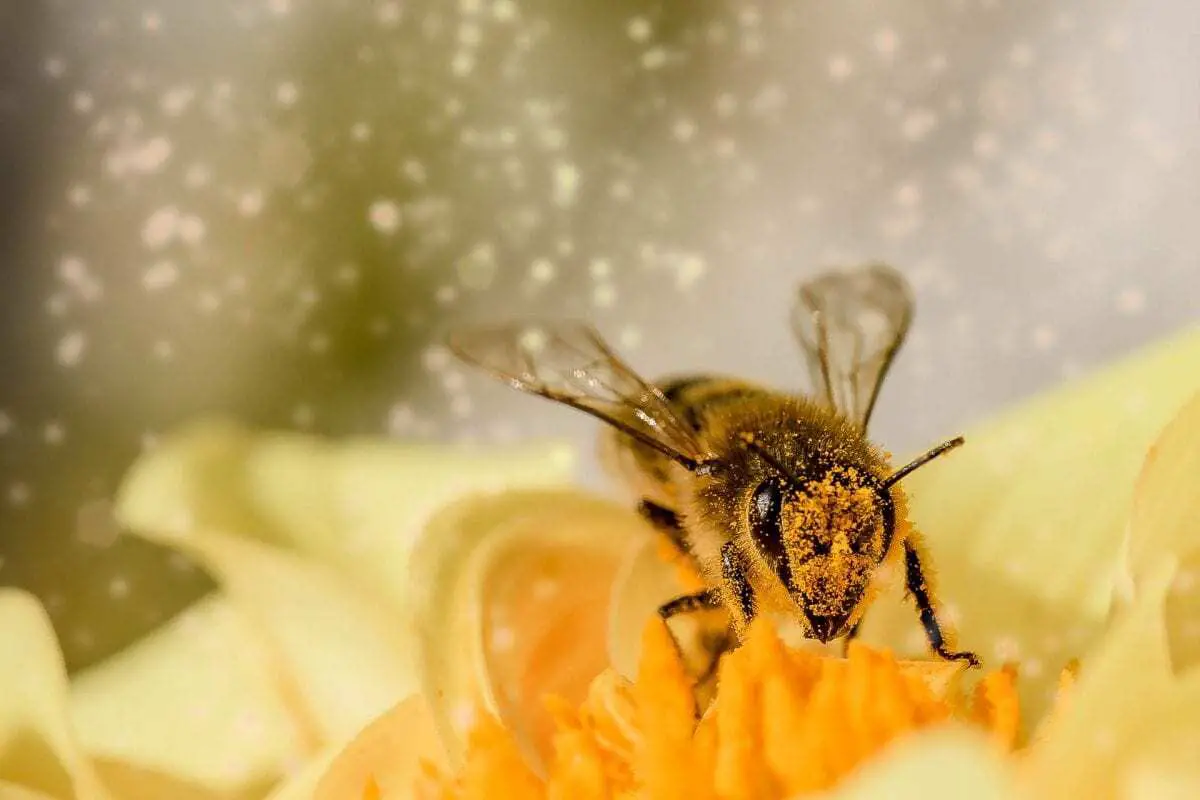After more than 70 years, a great mystery of zoology has been solved: Honeybees actually use different dance dialects in their waggle dance.
Which dialect has developed during evolution is related to the radius of action in which they collect food around the hive.
This is reported by research teams from the Biocenter of Julius-Maximilians-Universität Würzburg (JMU) in Bavaria, Germany, and the National Centre for Biological Sciences (NCBS) in Bangalore, India, in the journal Proceedings of the Royal Society B.
That honey bees might have dance dialects was first proposed in the 1940s by nobel laureate Karl von Frisch and his student Martin Lindauer. Later experiments, however, raised doubts about the existence of the dialects. The new results now prove that Frisch and Lindauer were right. The two pioneers of behavioural research were also right with their explanation why the dance dialects exist at all.
This is what the bees’ dances are about
The dance language of the honeybees is a unique form of symbolic communication in the animal kingdom. For example, when a bee has discovered a blossoming cherry tree, it returns to the hive. There it informs the other bees with a dance about the direction in which the food source is located and how far away it is.
Part of the dance is the so-called waggle run, in which the bees energetically shake their abdomen. The direction of the waggle run on the honeycomb communicates the direction of the destination in relation to the position of the sun while the duration of the wagging indicates the distance.
“As the distance of the food source from the nest increases, the duration of the wagging increases in a linear fashion,” explains JMU PhD student Patrick Kohl, first author of the publication. However, this increase is different for different bee species. This was shown in experiments carried out by the research team in southern India.
Experiments with three honeybee species in South India
There, three bee species with different radii of action were studied. The eastern honeybees (Apis cerana) fly up to about one kilometre away from the nest. The dwarf honeybees (Apis florea) fly up to 2.5 kilometres, the giant honeybees (Apis dorsata) about three kilometres.
The opposite relationships apply for the increase in the duration of the wagging. For example, if a food source is 800 meters away, an eastern honeybee will have a much longer wagging than a dwarf honeybee, and the latter will have a longer wagging than the giant honeybee. In order to communicate an identical distance to the food, each species uses its own dance dialect.
“We also saw this when we compared our results with published data from other research groups,” says Patrick Kohl. The correlation between foraging range and dance dialect was corroborated when looking at honeybee species native to England, Botswana, and Japan.
Why did JMU researchers go to South India in the first place? “India has the advantage that three honeybee species live in the same area, so that their dance dialects can be easily compared,” said Kohl. “We also have very good contacts with researchers at NCBS, a top research address in South Asia.”
Dialects as evolutionary adaptations
The results also confirm what von Frisch and Lindauer had suspected about the meaning of the dance dialects. These are evolutionary adaptations to the honeybee species’ typical foraging distances. Honeybees, for example, which regularly fly long distances, cannot afford to communicate these distances in the hive with very long waggle runs: On the crowded dance floor in the hive, other bees would have difficulties following such “marathon waggings”.
Julius-Maximilians-Universität Würzburg, JMU
Header Image – Public Domain







